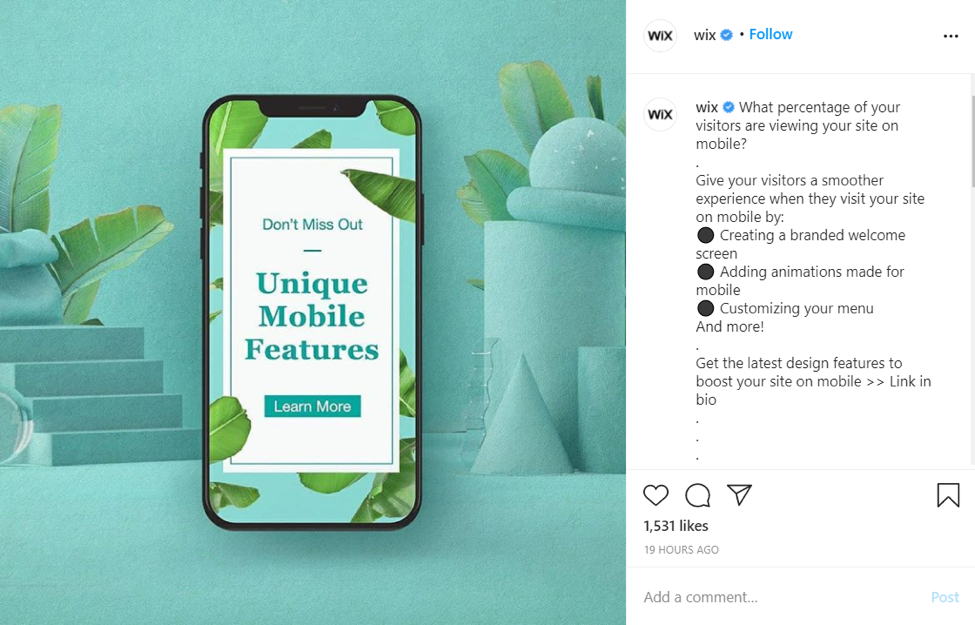
The world moves fast. With our society increasingly on-the-go, it’s critical that we develop websites that are responsive and mobile-friendly, no matter the device. At one time, we needed to sit down in front of a slow-running desktop computer on a browser to access the information required. But today, we are accessing our favorite websites on our mobile devices on the train ride to work all the way to the minute we flip on a top meditation YouTube video on our tablet as we doze off to sleep.
Research shows that the number of mobile apps are set to increase by a whopping 16.8 billion by 2023. This data only clarifies what we already know: consumers are requesting versatility in how they access information on a variety of platforms, in different ways.
As a business-owner looking to constantly expand and grow, it’s more important than ever for us to address the adapting needs of our virtual society by offering mobile-ready websites for our business.
Table of Contents
But Why Is It Important?
Even while many of us remain close to home during the pandemic, we use a range of devices on a daily basis to meet our technological needs. According to Broadband Search, mobile traffic has increased by a staggering 222% in the past seven years and in 2019, 52.2% of web traffic was derived from mobile devices. Many innovative companies have even developed apps to address our tech-savvy consumer.
But if this isn’t in your budget, don’t stress too much. It’s just as important to ensure that your website renders perfectly using the browser on a variety of smart devices. Some of the most important reasons that we’ve identified for developing a mobile-friendly design include:
It’s More SEO-Friendly
Google ranks websites higher on the search engine platform that are mobile-friendly. With accessibility at the forefront of how it prioritizes its ranking (although its algorithm is constantly changing!), it knows that its users are not always sitting in front of a laptop, waiting to consume content. It rewards websites who have taken this into account by making them more visible.
It Offers an Enhanced User-Experience
Mobile websites are often more lean than ones that are web-only. Providing the meat-and-potatoes of the information most relevant for your business, it is easy for customers to discover your main call-to-actions and convert accordingly. This is a no-brainer for companies looking to grow!
It Will Increase Customer Satisfaction
When customers can access information easily on a variety of different platforms, it is shown to increase customer satisfaction. And we know that a satisfied customer is more likely to come back and convert!
If your storefront is brick-and-mortar, it is even more essential for you to present yourself online. Before a customer will visit your store, especially if it’s for the first time, they will likely look for information about you online first.. maybe even on the way to your location! From store hours to customer reviews, ensuring that this can be accessed in a mobile-friendly format creates a professional and personal customer experience.
And Here’s How To Get Started..
Getting your website ready for mobile means that when you make changes to the website, they will automatically reflect on the mobile browser. With endless new resolutions and devices, a responsive option tweaks the layout and organization slightly to offer a unique experience that suits the specific device being used. Some of the most common elements that are reflected on a mobile-friendly site include readable text that adapts to size without the need for zoom and no horizontal scrolling.
Whether you manage your website yourself through a hosting platform like Wix or Squarespace or hire a professional team to take care of intricate edits, the process to mobile responsiveness needs to start somewhere. These are some tried-and-true, expert vetted tips that will have you well on your way to the perfect mobile design.

Simplify Website Design
The key to mobile responsiveness is minimizing text and images to what is most relevant. According to Web FX, 94% of first impressions relate to a website’s design. Today’s customer wants to find relevant content as quickly as possible. The internet is inundated with useless information and a site with content that doesn’t offer a company’s unique value proposition upfront will lose its customers.
Keep images and text simple, cutting the fat to include what’s most relevant while advising what makes you stand out. Gone are the days where more content means a higher ranking.
Avoid Pop-Ups
While pop-ups have certainly led to an increase in ROI for many websites, they do not convert well on mobile. Seen as intrusive for the user-experience, they do not adapt to mobile, block content and are challenging to close on a smartphone device. This not only leads to a frustrated consumer who will likely exit your website, but a lower ranking on Google, who penalizes websites for pop-ups on mobile devices.
Your users are often able to identify the reason they are visiting your website, even before entering your homepage. It’s important to make it easy as possible to enter and convert, as soon as possible.
Embed More Content
..But don’t forget the importance of relevant content for SEO-purposes. It is important to devise a strong content strategy that includes relevant keywords that will propel your business into the hands of your target audience. Google best processes content that is useful and informative, more valuable than other websites, credible and high-quality.
The internet is becoming increasingly visual, with video considered more engaging and popular than still photos. According to Cisco, 82% of consumer internet traffic will comprise online videos by 2022. There is no stopping the growth of this interactive marketing tactic that is used across web and social media alike.
With tools like PosterMyWall, it is easy to swap in and out relevant content to meet the adaptive needs of your website. Whether you are promoting a new holiday campaign, advising about some industry news through a captivating infographic or creating an eFlyer to promote an exceptional upcoming sale, this DIY-platform makes it easy for even a beginner-level internet user to create beautiful, professional-looking designs that engage and entertain an audience.

Where to Begin?
A responsive website will make both your customers and Google happy. With the diverse options to make your website accessible today, a website that offers poor design and user-experience is simply inexcusable. Mobile users expect the same usability and responsiveness as would be received through a web browser. With these tips, we hope that you can start the process of developing a responsive website today!